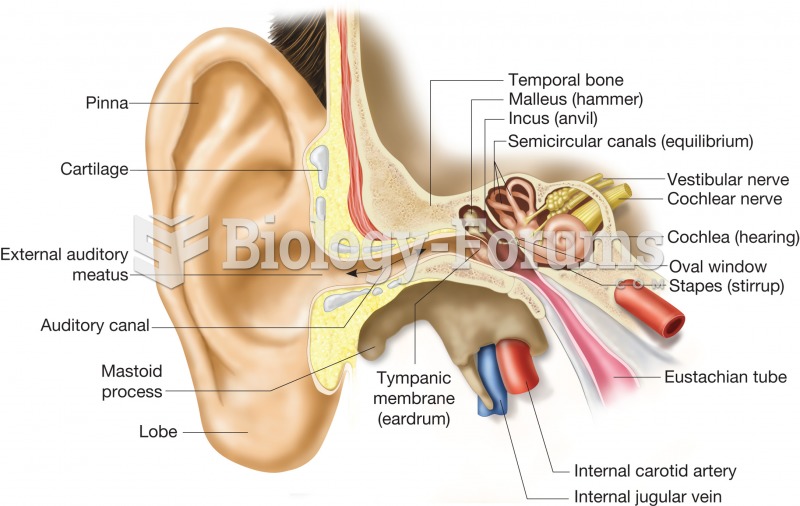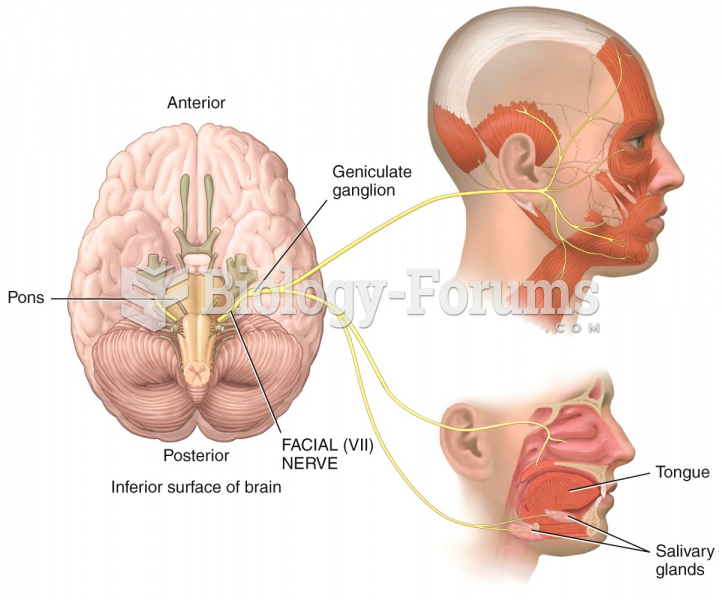This topic contains a solution. Click here to go to the answer
|
|
|
Did you know?
You should not take more than 1,000 mg of vitamin E per day. Doses above this amount increase the risk of bleeding problems that can lead to a stroke.
Did you know?
The longest a person has survived after a heart transplant is 24 years.
Did you know?
Nearly all drugs pass into human breast milk. How often a drug is taken influences the amount of drug that will pass into the milk. Medications taken 30 to 60 minutes before breastfeeding are likely to be at peak blood levels when the baby is nursing.
Did you know?
It is difficult to obtain enough calcium without consuming milk or other dairy foods.
Did you know?
The most common treatment options for addiction include psychotherapy, support groups, and individual counseling.







